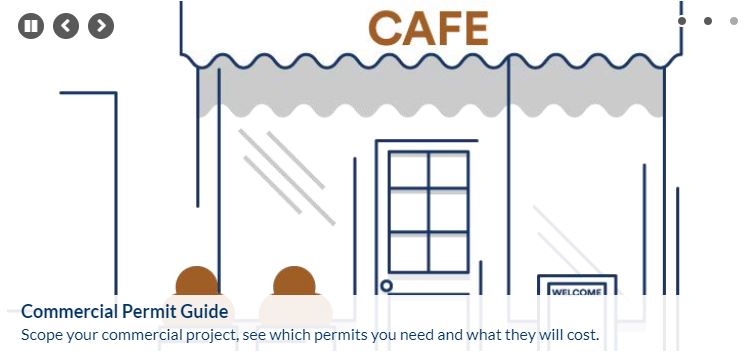No matter what kind of business you will be developing, you’ll need to address legal structure and EIN.
Legal Structure
You will want to make sure your business is legal. The first step is to decide what kind of business entity (legal structure) is best for you. For a description of the pros and cons of legal structures, go to forms of business organization.
Employee Identification Number (EIN or FEIN)
Employers with employees, business partnerships, and corporations must obtain an Employer Identification Number (EIN) from the U.S. Internal Revenue Service. Even if you are a sole proprietor and don’t have employees, it is still good practice to obtain an EIN. An EIN may be required for government forms, banks often require it for loans and it can be used instead of your personal Social Security Number to protect against identity theft.
The General Process
Step 1: Plan your business
For any business, the first step is to turn your basic idea into a written, viable plan of action. There are three popular resources that will help you achieve a written plan. Choose the resource that best fits your situation.
- A well-thought out business plan is necessary for obtaining loans and is a model for your success. Refer to the Business Planning section.
- If you do not anticipate needing a loan, there are two similar resources that will help you organize the same information that a business plan covers, but in a much shorter format
- Business Model Canvas: a template that helps you identify and outline 9 crucial building blocks related to your business. It is much shorter and more visual in nature than a business plan
- Lean canvas: An adaptation of the Business Model Canvas. It also focuses on problems, solutions, key metrics and competitive advantages in a slightly different format.
Step 2: Decide on your business structure and register your business name
Careful consideration must be given to the management, structural and tax implications of your decision. While not a replacement for sound legal or tax advice, see Selecting a Business Structure.
- To register a business name for a sole proprietorship or general partnership: Contact your local county recorder where you intend to do business as well as the Texas Secretary of State. You’ll also need to do a statewide name search to determine if your company name is being used elsewhere.
- To file a Corporation, LLC, LLP, or Limited Partnership, contact the Texas Secretary of State’s office for application forms and filing requirements.
Step 3: Get license requirements
The State may require additional license or business registration paperwork to be completed. It is also important to check with city/town & county governments where you intend to do business to determine licensing requirements.
Step 4: Obtain the necessary tax information
Taxation for small businesses may be simple or complex, depending on the size and business structure. The tax liability for each business will be different and you should consult your attorney and accountant regarding comprehensive tax planning.
Step 5: Identify sources of financing
Refer to the financing section of the website for more information. Also use the Resource Navigator to do a search for organizations that provide financing.
Step 6: Learn about employer reporting requirements and responsibilities
As an employer, you will be responsible for additional employment insurance and worker’s compensation insurance. This includes applying for federal and state withholding numbers.
- For Federal Identification Numbers (EINs) contact the Internal Revenue Service or call (800) 829-4933
- For State Sales Tax and State Withholding Tax contact the Texas Department of Revenue (Comptroller).


